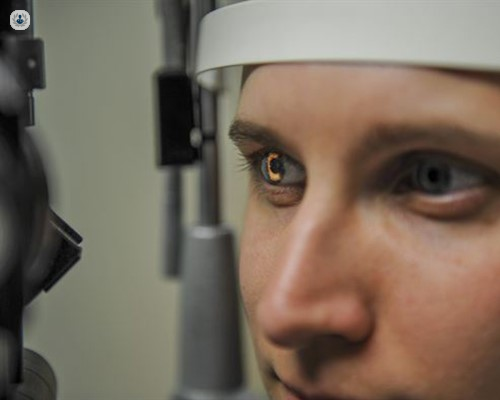Glaucoma surgery: The different types explored
Written in association with:Glaucoma, a group of eye conditions that damage the optic nerve, often results in vision loss or blindness if not treated properly. One of the most effective treatments for managing glaucoma is laser surgery. This procedure is primarily used when medication fails to control intraocular pressure (IOP) or as an initial treatment to delay or prevent more invasive surgical options. Here to explain more is renowned consultant ophthalmologist, Mr Thomas Ressiniotis.

Types of glaucoma laser surgery
There are several types of laser surgeries for glaucoma, each suited to different forms of the disease:
-
Laser trabeculoplasty: This is the most common laser treatment for open-angle glaucoma, the most prevalent form of the disease. The procedure involves using a laser to open up the eye's drainage system (trabecular meshwork), allowing fluid to drain more efficiently and reducing IOP.
-
Laser iridotomy: This procedure is primarily used for angle-closure glaucoma. A small hole is created in the iris (the colored part of the eye) to improve fluid flow between the front and back of the eye, thereby reducing IOP.
-
Cyclophotocoagulation: This laser treatment is typically reserved for more advanced cases of glaucoma. It involves applying laser energy to the ciliary body, the part of the eye that produces aqueous humour (fluid in the eye), to decrease fluid production and lower IOP.
Benefits and risks
Laser surgery for glaucoma offers several benefits. It is minimally invasive, usually performed as an outpatient procedure, and typically requires only topical anaesthesia. The recovery time is relatively short, with most patients resuming normal activities within a day or two.
However, as with any medical procedure, there are risks involved. Potential complications include inflammation, temporary increase in IOP, and, in rare cases, damage to the eye's structures. Additionally, the effects of laser surgery may diminish over time, requiring further treatment.


